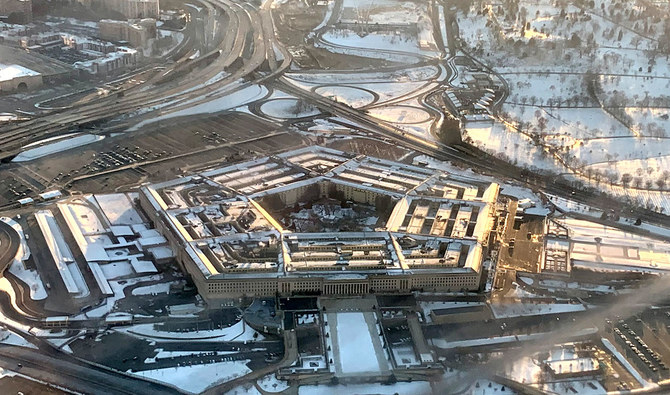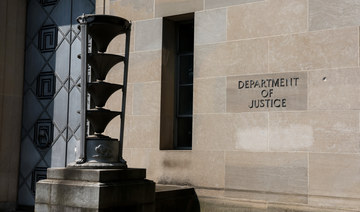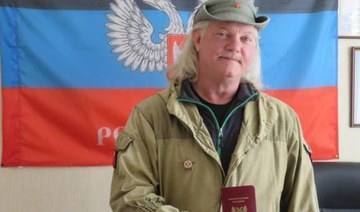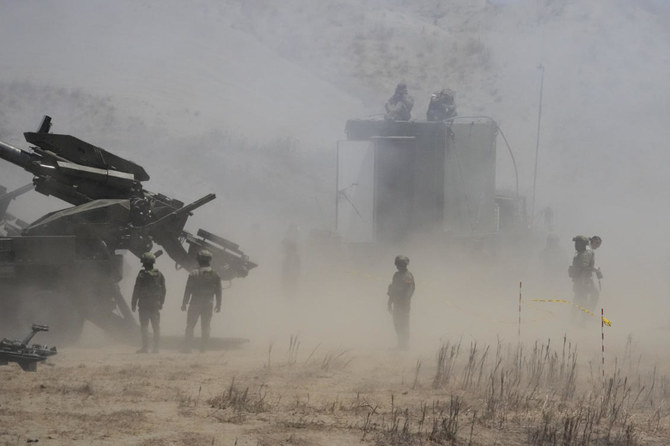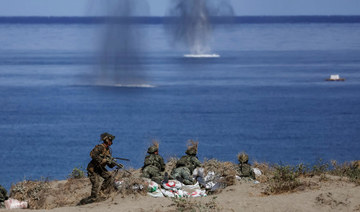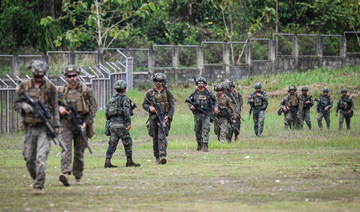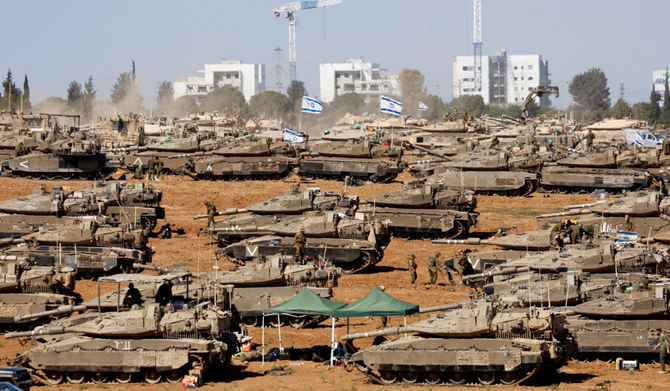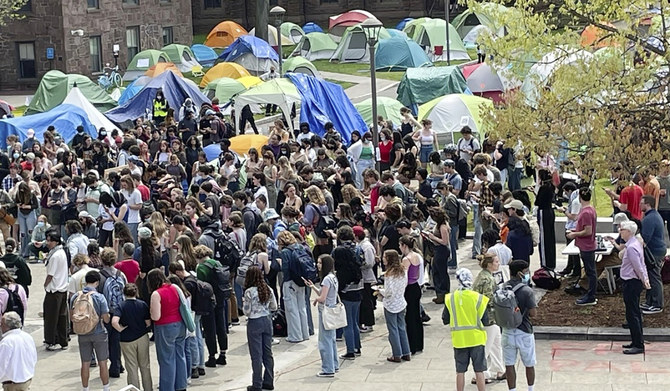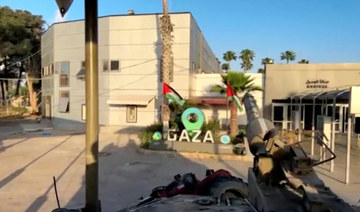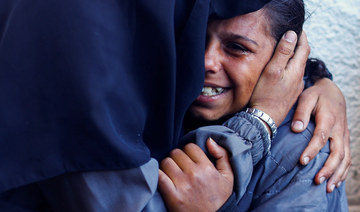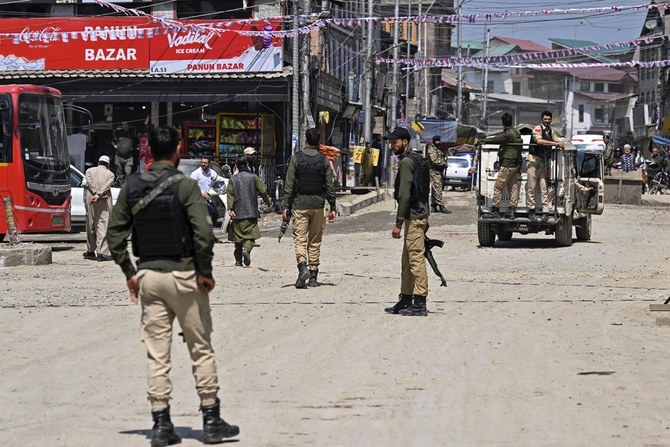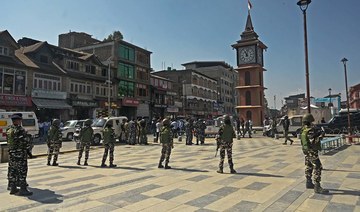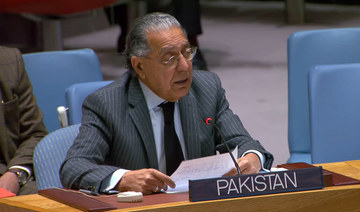WASHINGTON: The US is tracking a suspected Chinese surveillance balloon that has been spotted over US airspace for a couple days, but the Pentagon decided not to shoot it down over concerns of hurting people on the ground, officials said Thursday. The discovery of the balloon puts a further strain on US-China relations at a time of heightened tensions.
A senior defense official told Pentagon reporters that the US has “very high confidence” it is a Chinese high-altitude balloon and it was flying over sensitive sites to collect information. One of the places the balloon was spotted was Montana, which is home to one of the nation’s three nuclear missile silo fields at Malmstrom Air Force Base. The official spoke on condition of anonymity to discuss sensitive information.
Brig. Gen. Patrick Ryder, Pentagon press secretary, provided a brief statement on the issue, saying the government continues to track the balloon. He said it is “currently traveling at an altitude well above commercial air traffic and does not present a military or physical threat to people on the ground.”
He said similar balloon activity has been seen in the past several years. He added that the US took steps to ensure it did not collect sensitive information.
A senior administration official, who was also not authorized to publicly discuss sensitive information, said President Joe Biden was briefed and asked the military to present options. Defense Secretary Lloyd Austin and Army Gen. Mark Milley, chairman of the Joint Chiefs of Staff, advised against taking “kinetic action” because of risks to the safety of people on the ground. Biden accepted that recommendation.
The defense official said the US has “engaged” Chinese officials through multiple channels and communicated the seriousness of the matter.
The incident comes as Secretary of State Antony Blinken was supposed to make his first trip to Beijing, expected this weekend, to try to find some common ground. Although the trip has not been formally announced, both Beijing and Washington have been talking about his imminent arrival.
It was not immediately clear if the discovery of the balloon would impact Blinken’s travel plans.
The senior defense official said the US did get fighter jets, including F-22s, ready to shoot down the balloon if ordered to by the White House. The Pentagon ultimately recommended against it, noting that even as the balloon was over a sparsely populated area of Montana, its size would create a debris field large enough that it could have put people at risk.
It was not clear what the military was doing to prevent it from collecting sensitive information or what will happen with the balloon if it isn’t shot down.
In a letter sent Thursday to Austin, Sen. Steve Daines, R-Montana, wrote: “The fact that this balloon was occupying Montana airspace creates significant concern that Malmstrom Air Force Base and the United States’ intercontinental ballistic missile fields are the target of this intelligence gathering mission. ... It is vital to establish the flight path of this balloon, any compromised US national security assets, and all telecom or IT infrastructure on the ground within the US that this spy balloon was utilizing.”
The defense official said the spy balloon was trying to fly over the Montana missile fields, but the US has assessed that it has “limited” value in terms of providing China intelligence it couldn’t already collect by other means, such through spy satellites.
The official would not specify the size of the balloon, but said it was large enough that despite its high altitude, commercial pilots could see it. All air traffic was halted at Montana’s Billings Logan International Airport from 1:30 p.m. to 3:30 p.m. Wednesday, as the military provided options to the White House.
A photograph of a large white balloon lingering over the area was captured by The Billings Gazette, but the Pentagon would not confirm if that was the surveillance balloon. The balloon could be seen drifting in and out of clouds and had what appeared to be a solar array hanging from the bottom, said Gazette photographer Larry Mayer.
The defense official said what concerned them about this launch was the altitude the balloon was flying at and the length of time it lingered over a location, without providing specifics.
Montana Gov. Greg Gianforte said he was briefed Wednesday about the situation after the Montana National Guard was notified of an ongoing military operation taking place in Montana airspace, according to a statement from the Republican governor and spokesperson Brooke Stroyke.
“From the spy balloon to the Chinese Communist Party spying on Americans through TikTok to CCP-linked companies buying American farmland, I’m deeply troubled by the constant stream of alarming developments for our national security,” Gianforte said in a statement.
The administration official said congressional leaders’ staffs were briefed on the matter Thursday afternoon. House Speaker Kevin McCarthy, R-Calif., tweeted, “China’s brazen disregard for US sovereignty is a destabilizing action that must be addressed.”
Tensions with China are particularly high on numerous issues, ranging from Taiwan and the South China Sea to human rights in China’s western Xinjiang region and the clampdown on democracy activists in Hong Kong. Not least on that list of irritants are China’s tacit support for Russia’s invasion of Ukraine, its refusal to rein in North Korea’s expanding ballistic missile program and ongoing disputes over trade and technology.
On Tuesday, Taiwan scrambled fighter jets, put its navy on alert and activated missile systems in response to nearby operations by 34 Chinese military aircraft and nine warships that are part Beijing’s strategy to unsettle and intimidate the self-governing island democracy.
Twenty of those aircraft crossed the central line in the Taiwan Strait that has long been an unofficial buffer zone between the two sides, which separated during a civil war in 1949.
Beijing has also increased preparations for a potential blockade or military action against Taiwan, which has stirred increasing concern among military leaders, diplomats and elected officials in the US, Taiwan’s key ally.
The surveillance balloon was first reported by NBC News.
Some Montana residents reported seeing an unusual object in the sky around the time of the airport shutdown Wednesday, but it’s not clear that what they were seeing was the balloon.
From an office window in Billings, Chase Doak said he saw a “big white circle in the sky” that he said was too small to be the moon.
He took some photos, then ran home to get a camera with a stronger lens and took more photos and video. He could see it for about 45 minutes and it appeared stationary, but Doak said the video suggested it was slowly moving.
“I thought maybe it was a legitimate UFO,” he said. “So I wanted to make sure I documented it and took as many photos as I could.”



